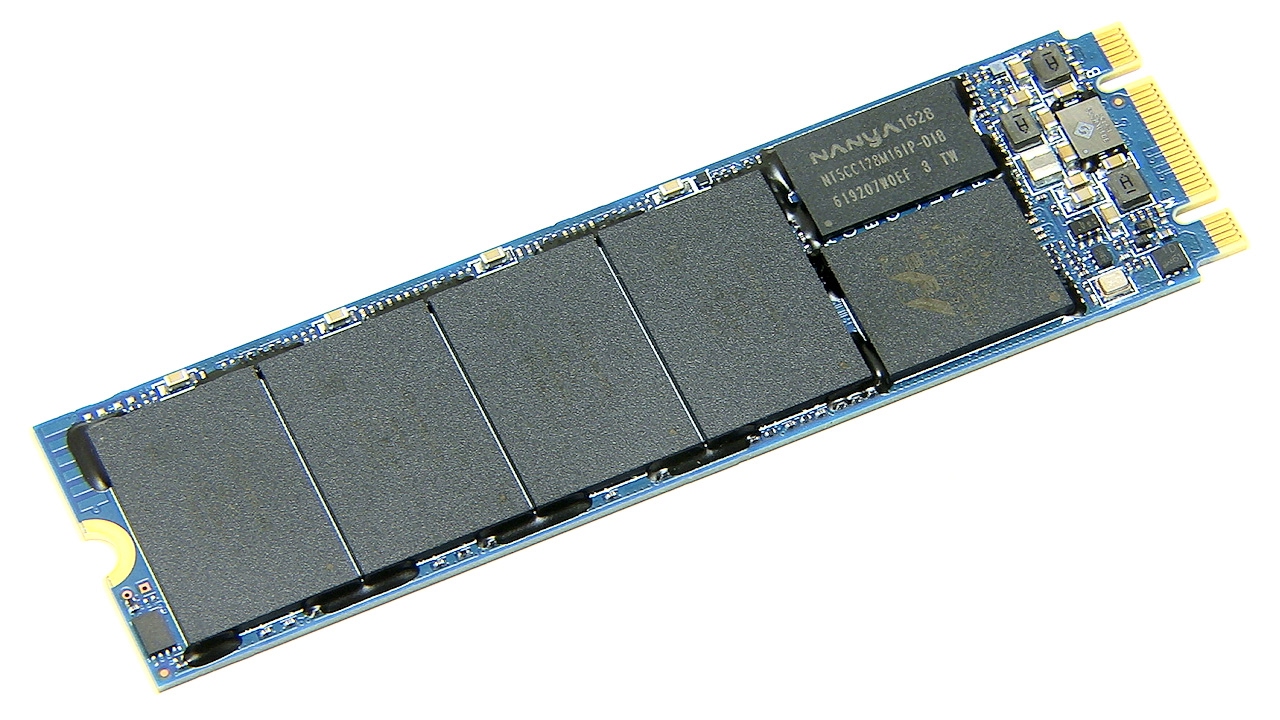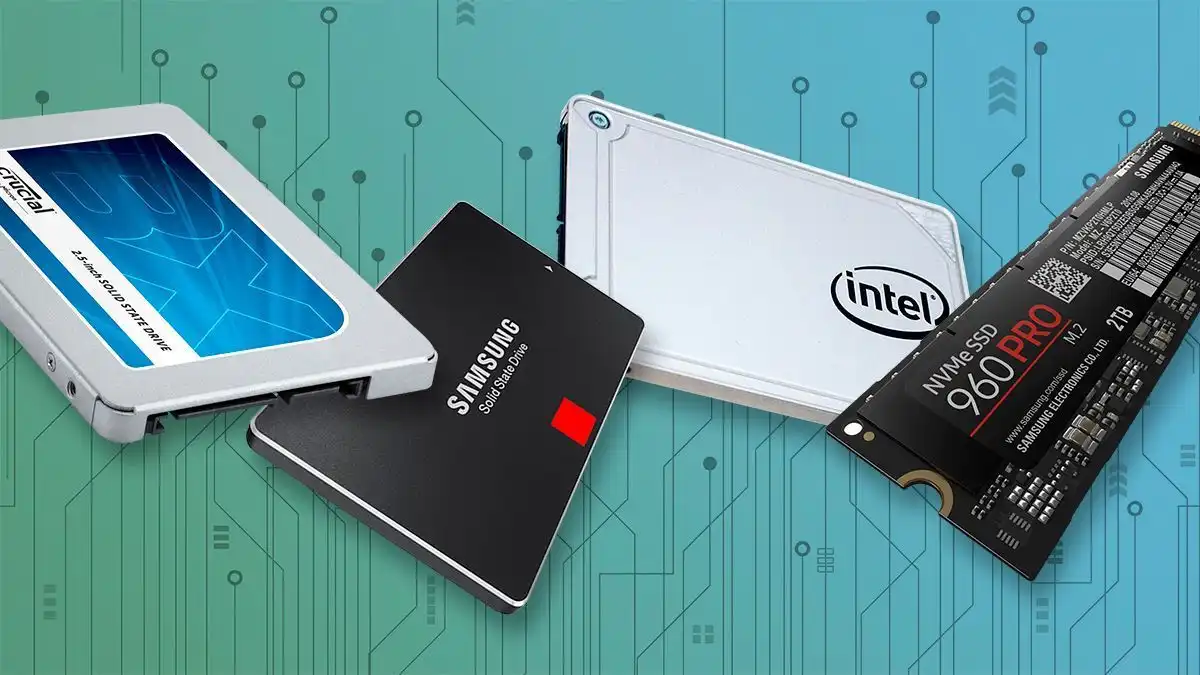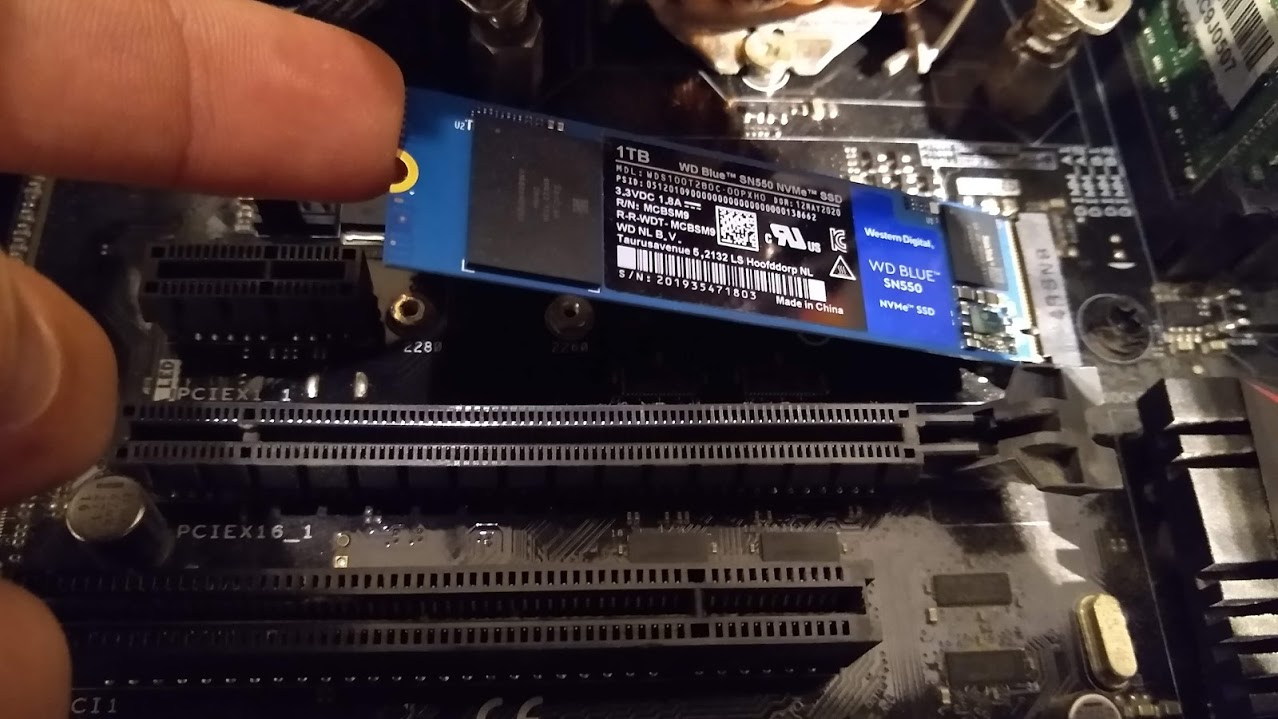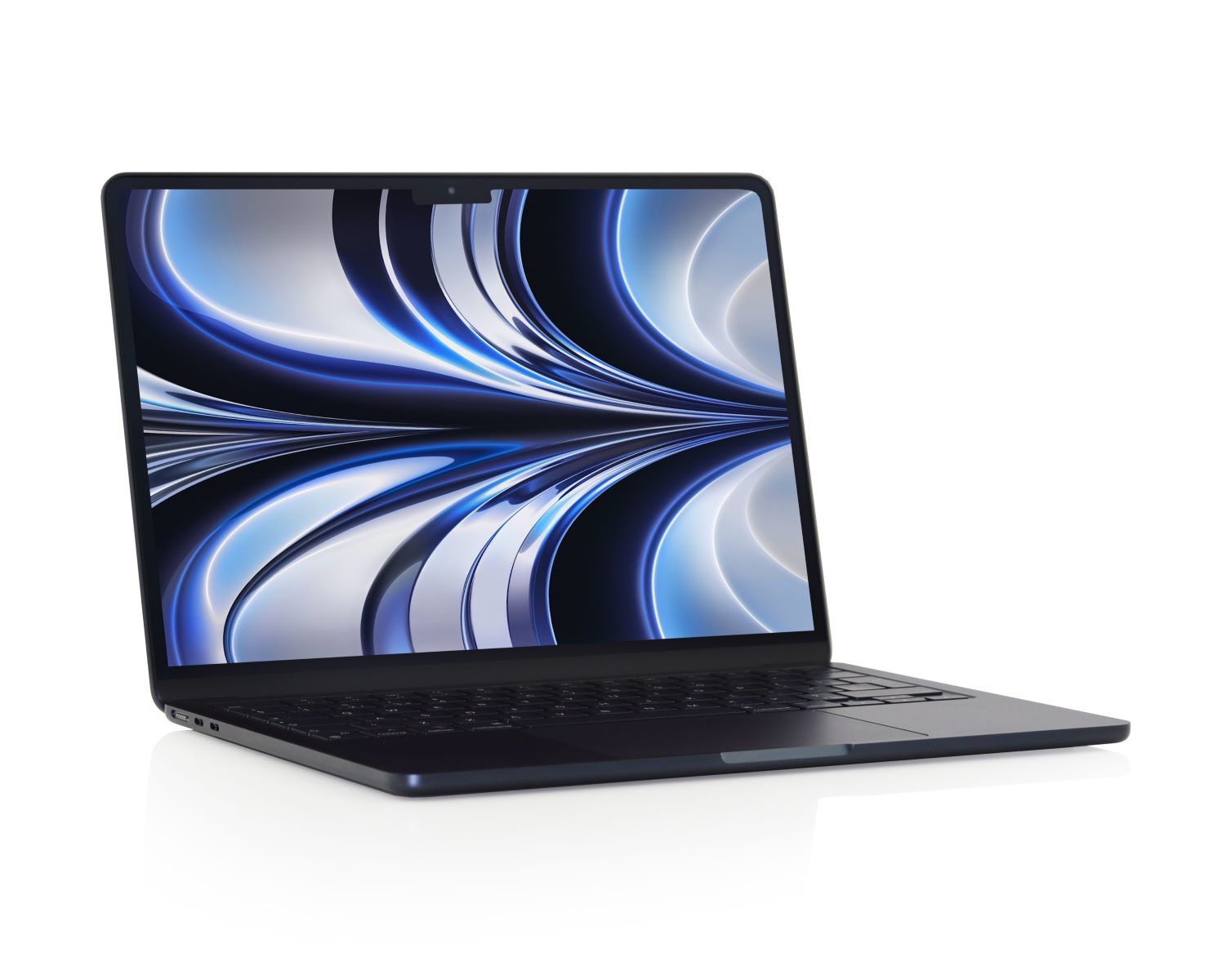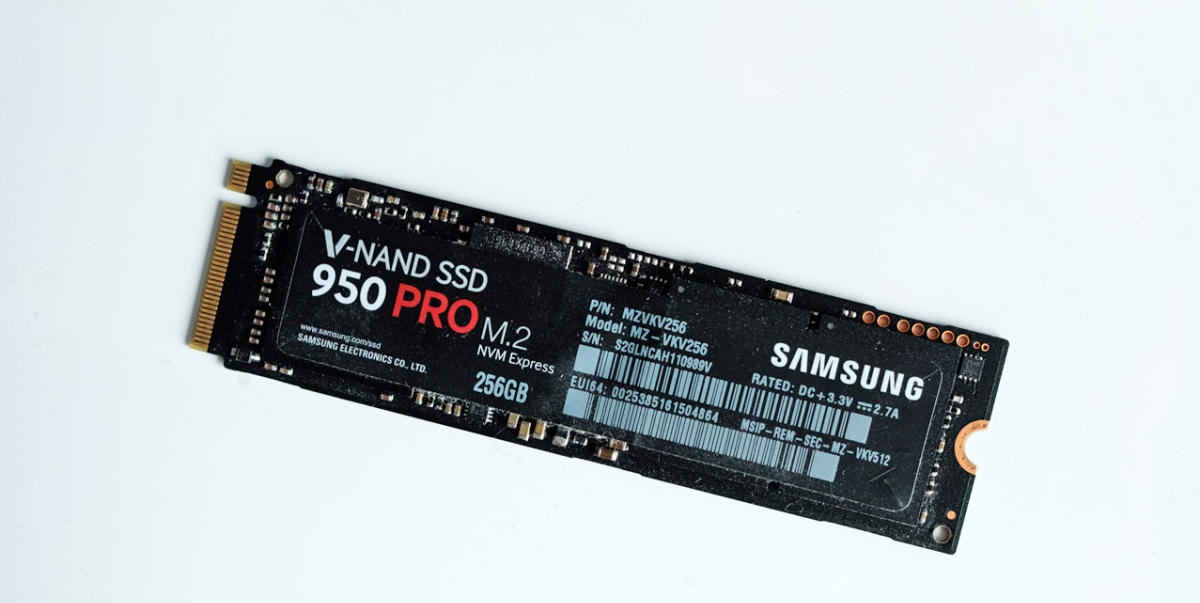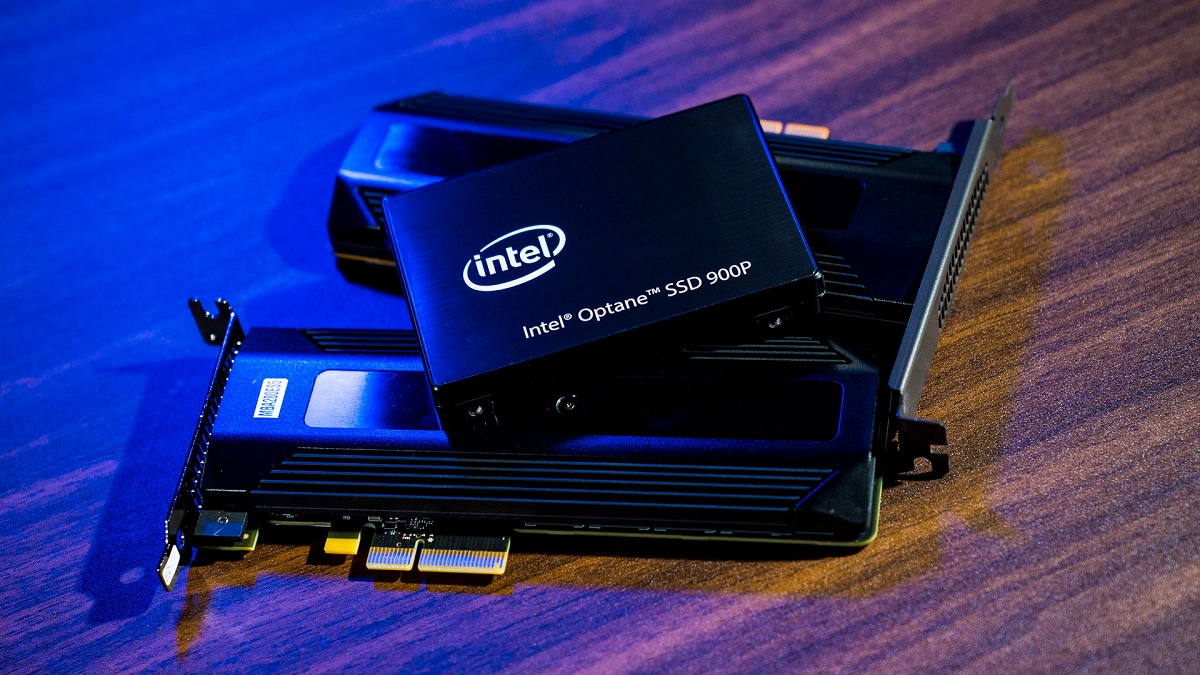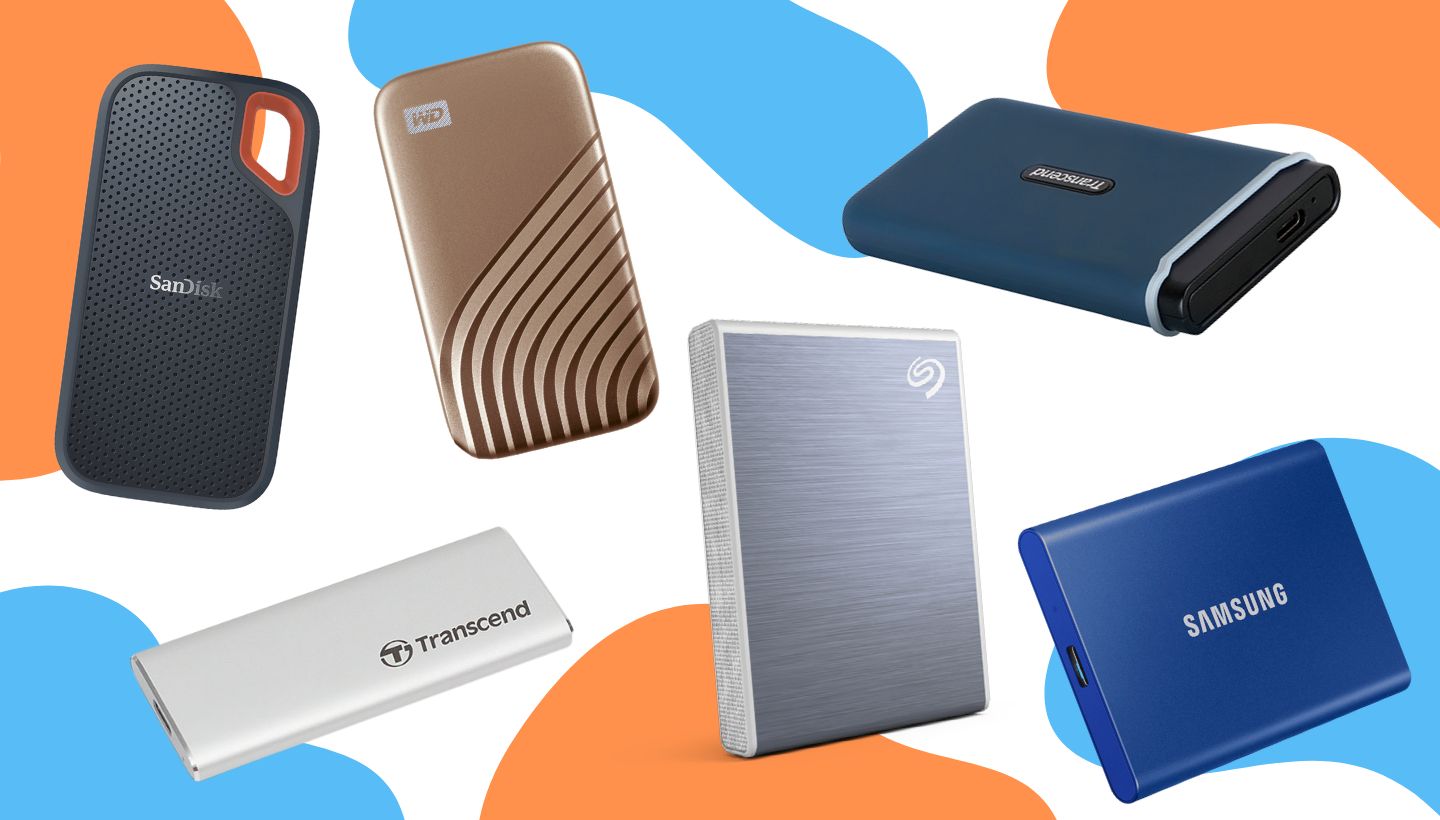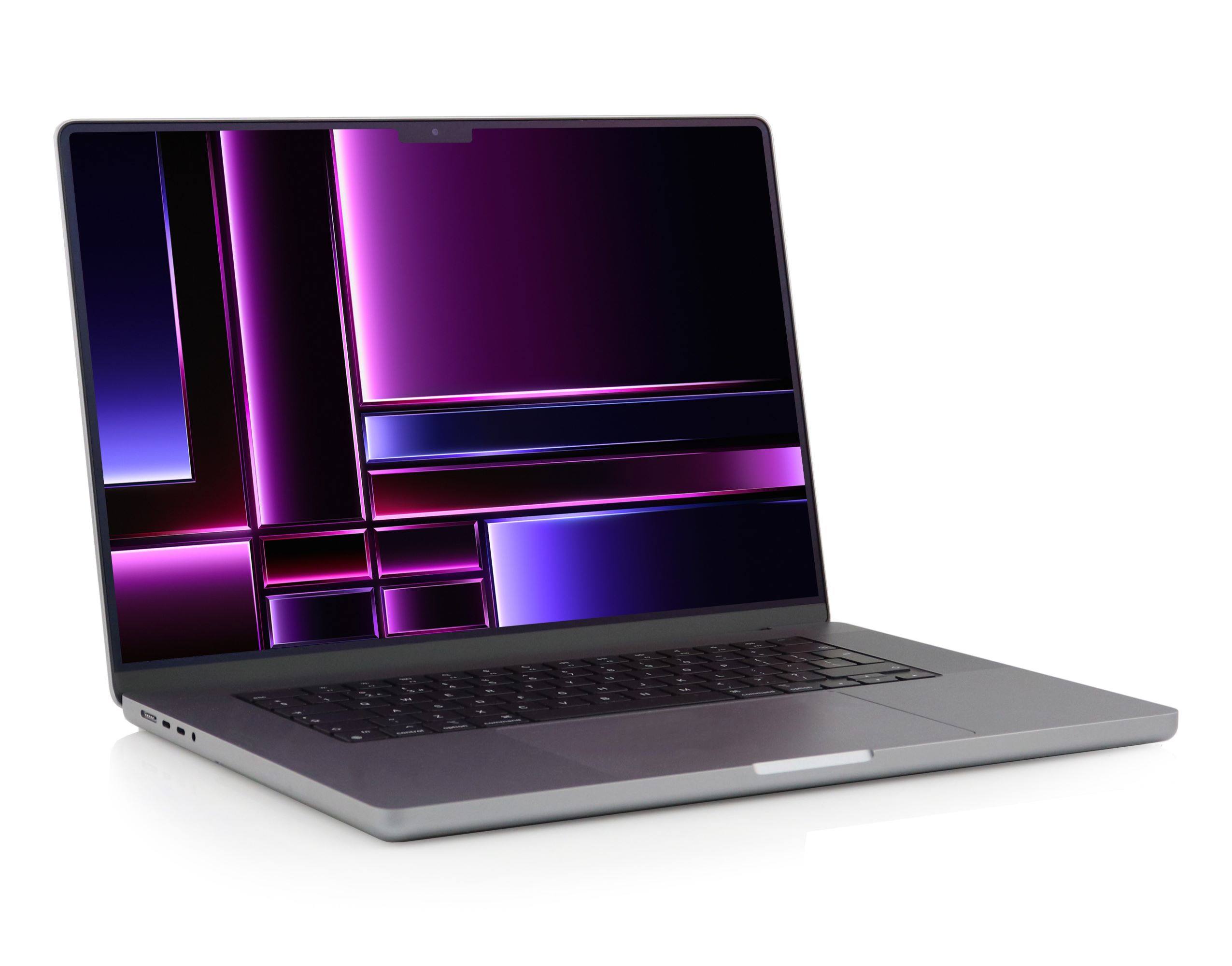Introduction
Welcome to the world of solid-state drives (SSDs) and the innovative SSD M2. In today’s digital age, where data storage and speed are crucial, SSD M2 has emerged as a game-changer in the realm of computer storage. With its compact form factor and lightning-fast performance, SSD M2 has become a popular choice for tech enthusiasts and professionals alike.
So, what exactly is an SSD M2? How does it differ from traditional storage drives? In this article, we will dive deeper into the world of SSD M2 and explore its advantages, comparisons to other storage drives, installation process, and commonly asked questions.
An SSD M2, also known as Next Generation Form Factor (NGFF), is a solid-state storage device that is designed to be compact and highly efficient. It utilizes high-speed NAND flash memory chips to store and retrieve data, eliminating the need for traditional mechanical components like spinning disks and moving read/write heads.
The compact form factor of SSD M2 makes it ideal for slim laptops and small-form-factor PCs, where space is at a premium. It is worth noting that SSD M2 comes in different sizes, including 2242, 2260, and 2280, which refer to their length and width in millimeters.
One of the key advantages of SSD M2 is its blazing-fast performance. It offers significantly faster read and write speeds compared to traditional hard disk drives (HDDs), resulting in quicker boot times, faster file transfers, and improved overall system responsiveness. Furthermore, SSD M2s have lower latency and higher input/output operations per second (IOPS), making them well-suited for high-demand tasks like gaming and multimedia production.
In terms of reliability and durability, SSD M2s have a clear advantage over HDDs. As there are no moving parts, the risk of mechanical failures and data loss is significantly reduced. Moreover, SSD M2s are engineered to withstand shock, vibrations, and extreme temperatures, ensuring your data remains safe in all conditions.
When it comes to power efficiency, SSD M2s excels again. The absence of mechanical components results in lower power consumption, making SSD M2s ideal for laptops and portable devices. Additionally, SSD M2s generate less heat, contributing to overall system reliability and longevity.
Now that we have highlighted some of the advantages of SSD M2, it’s time to compare it with other storage drives to better understand its features and benefits. In the next section, we will explore how SSD M2 stacks up against HDDs and traditional SSDs.
What is an SSD M2?
An SSD M2, also known as Next Generation Form Factor (NGFF), is a solid-state storage device that offers high-performance data storage in a compact form factor. Unlike traditional hard disk drives (HDDs) that rely on moving parts and spinning platters to store and retrieve data, an SSD M2 utilizes high-speed NAND flash memory chips.
The SSD M2 is named after its physical form factor, which is a small, rectangular card-like module. It comes in various sizes, including 2242, 2260, and 2280, which refer to their length (in millimeters). This allows for flexible installation in different devices that support the M.2 interface.
This innovative storage solution is designed to deliver lightning-fast performance and reliability. With significantly faster read and write speeds compared to HDDs, an SSD M2 enhances overall system responsiveness, reduces boot times, and accelerates application load times. This makes it ideal for demanding tasks such as gaming, multimedia production, and multitasking.
One of the key advantages of an SSD M2 is its compact size. The small form factor enables it to be easily incorporated into slim laptops, compact desktops, and other space-constrained devices. This makes it a popular choice for those seeking powerful storage without sacrificing portability.
In addition to its performance benefits, an SSD M2 offers improved energy efficiency. Since it does not consist of mechanical components like HDDs, it consumes significantly less power. This not only helps to extend battery life in laptops and mobile devices but also contributes to lower energy consumption and reduced heat generation in desktop systems.
Another crucial aspect of an SSD M2 is its durability. Unlike HDDs, which are susceptible to damage due to physical shocks or vibrations, an SSD M2 is more resistant to such incidents. With no moving parts, there is a reduced risk of mechanical failures, making it a reliable choice for storing important data.
Furthermore, the absence of moving parts allows an SSD M2 to operate silently, providing users with a noise-free computing experience. This makes it ideal for applications that require a quiet environment, such as audio production or video editing.
To take full advantage of the benefits of an SSD M2, ensure that your computer or laptop has support for the M.2 interface. This will allow you to seamlessly install and utilize the fast and efficient storage capabilities that an SSD M2 provides.
Now that we have delved into the basics of an SSD M2, let’s explore its advantages over other storage drives and understand why it has become a preferred choice for many users in the next section.
What Are the Advantages of an SSD M2?
The SSD M2, with its compact form factor and lightning-fast performance, offers several advantages over traditional storage drives. Let’s explore some of the key benefits:
1. Speed and Performance: SSD M2s are designed to deliver exceptional performance, providing significantly faster read and write speeds than traditional hard disk drives (HDDs). This results in quicker boot times, faster file transfers, and improved overall system responsiveness. Whether you’re running resource-intensive applications or accessing large files, an SSD M2 can handle the load with ease.
2. Compact Form Factor: The small size of an SSD M2 makes it a perfect choice for slim laptops and small form factor PCs. With dimensions ranging from 2242 to 2280, it can fit into various devices seamlessly. This compact design allows for more flexibility in building or upgrading systems, especially in constrained spaces.
3. Energy Efficiency: SSD M2s consume less power compared to traditional HDDs. As they do not have moving parts, they require less energy to operate, resulting in improved energy efficiency. This not only helps to extend battery life in laptops but also reduces energy consumption and heat generation in desktop systems.
4. Durability and Reliability: Unlike HDDs, which are prone to mechanical failures due to moving parts, SSD M2s are more durable and reliable. With no spinning disks or read/write heads, SSD M2s are less susceptible to physical shocks, vibrations, and damage. This makes them ideal for portable devices that may experience bumps and drops.
5. Noise-Free Operation: With no moving parts, an SSD M2 operates silently, providing a noise-free computing experience. This is especially beneficial for users who require a quiet environment, such as content creators and those working in audio or video production.
6. Improved Data Security: SSD M2s offer enhanced data security. Due to their solid-state design, they are less vulnerable to data loss caused by physical damage or magnetic fields. Additionally, many SSD M2s support hardware encryption, protecting your data from unauthorized access.
7. Future-Proof Technology: SSD M2s embrace the latest technology advancements and are built to meet evolving storage needs. They often support the latest protocols, such as NVMe (Non-Volatile Memory Express), which allows for even faster data transfer speeds. Investing in an SSD M2 ensures you’ll have a storage solution that can keep up with future requirements.
In summary, the advantages of an SSD M2, including its speed, compact form factor, energy efficiency, durability, noise-free operation, improved data security, and future-proof technology, make it a superior choice for anyone seeking high-performance storage in a small package.
How Does an SSD M2 Compare to Other Storage Drives?
When considering storage options, it’s important to understand how an SSD M2 compares to other types of storage drives like traditional hard disk drives (HDDs) and standard solid-state drives (SSDs). Let’s take a closer look at the key differences:
1. Speed: When it comes to speed, an SSD M2 outperforms both HDDs and traditional SSDs. HDDs rely on spinning disks and mechanical read/write heads, which causes slower data transfer speeds. On the other hand, traditional SSDs offer faster performance than HDDs, but SSD M2s take it a step further by utilizing the high-speed PCIe or NVMe interface. This results in significantly faster read and write speeds, making an SSD M2 the ideal choice for users who require exceptional speed.
2. Form Factor: While traditional SSDs typically come in the 2.5-inch form factor similar to HDDs, SSD M2s have a much smaller and more compact form factor. This makes an SSD M2 perfect for slim laptops and small form factor PCs, where space is limited. The small size of an SSD M2 also allows for greater flexibility in system design and installation.
3. Capacity: HDDs generally offer larger storage capacities compared to SSDs and SSD M2s. However, SSD M2s are catching up and now come in larger capacities, up to several terabytes. While HDDs are still the go-to choice for massive storage needs, an SSD M2 strikes a balance between capacity and performance, making it suitable for most users.
4. Power Efficiency: SSD M2s consume less power than both HDDs and traditional SSDs. Since they do not have any mechanical components, such as spinning disks or moving read/write heads, power consumption is significantly lower. This not only helps to extend battery life in laptops but also leads to reduced energy consumption and heat generation in desktop systems.
5. Reliability: Due to their solid-state design, both SSDs and SSD M2s are more reliable than HDDs. HDDs can be prone to mechanical failures and data loss due to physical shocks and vibrations. SSD M2s, with their lack of moving parts, are more resistant to such issues, making them a reliable choice for storing important data.
6. Noise and Heat: HDDs produce noise because of their spinning disks and moving parts, while SSD M2s operate silently due to their solid-state design. Additionally, SSD M2s generate less heat compared to HDDs. This helps maintain cooler system temperatures, contributing to improved system stability and longevity.
7. Price: When comparing prices, SSD M2s tend to be more expensive than HDDs, but they are becoming more affordable with time. Traditional SSDs fall somewhere in between. It’s important to consider the performance, reliability, and other advantages of an SSD M2 when evaluating its value against the price.
In summary, an SSD M2 offers exceptional speed, a compact form factor, improved power efficiency, reliability, silent operation, and reduced heat generation compared to HDDs and traditional SSDs. While HDDs still excel in terms of storage capacity, an SSD M2 strikes a balance between performance and capacity, making it an excellent choice for users who prioritize speed and efficiency without sacrificing space.
How to Install an SSD M2 in Your Computer
Installing an SSD M2 in your computer is straightforward, but it’s essential to follow the proper steps to ensure a successful installation. Here’s a step-by-step guide on how to install an SSD M2:
- Ensure compatibility: Before purchasing an SSD M2, check your computer’s compatibility. Make sure your motherboard supports the M.2 interface and that it has an available M.2 slot for installation. Refer to your computer’s documentation or manufacturer’s website for specific compatibility information.
- Gather the necessary tools: For the installation, you’ll need a screwdriver, as well as screws specifically designed for SSD M2 installation (sometimes included with your SSD M2). Additionally, an antistatic wrist strap or mat is recommended to protect sensitive electronic components.
- Power off your computer: Shut down your computer and disconnect the power cable. This will ensure safety during the installation process.
- Locate the M.2 slot: Open your computer case and locate the M.2 slot on your motherboard. It may be located near the CPU or near the storage ports. Consult your motherboard manual if you are unsure about the location.
- Prepare the SSD M2: If your SSD M2 has a protective cover or thermal pad, remove it carefully. Make sure to handle the SSD M2 by the edges to avoid any damage from static electricity.
- Insert the SSD M2: Align the notches on the SSD M2 with the key on the M.2 slot. Gently insert the SSD M2 into the slot at an angle, then press it down until it is properly seated. Do not apply excessive force.
- Secure the SSD M2: Depending on your motherboard, you may need to secure the SSD M2 with screws. Consult your motherboard manual to determine if screws are required, and if so, use the provided screws to secure the SSD M2 in place.
- Reassemble your computer: Once the SSD M2 is securely installed, reattach any cables or components that were disconnected. Then, close your computer case and secure it with screws.
- Power on your computer: Connect the power cable, and power on your computer. The SSD M2 should be recognized by your system automatically. If necessary, you may need to enter the BIOS/UEFI settings to ensure that the SSD M2 is recognized as a bootable device.
- Format and partition the SSD M2: If the SSD M2 is not automatically recognized or needs to be prepared for use, you can format and partition it using your computer’s operating system. Follow the appropriate instructions for your operating system to complete this process.
That’s it! You have successfully installed an SSD M2 in your computer. Enjoy the benefits of faster and more efficient storage!
Common SSD M2 FAQs
As SSD M2s continue to gain popularity, it’s natural to have questions about this innovative storage solution. Here are answers to some commonly asked questions about SSD M2s:
Q: Can I use an SSD M2 as a boot drive?
A: Yes, an SSD M2 can be used as a boot drive. It offers fast read and write speeds, making it an ideal choice for improved boot times and overall system responsiveness.
Q: What is the difference between SATA and NVMe SSD M2s?
A: SATA SSD M2s use the SATA interface and offer performance improvements over traditional HDDs but have lower speeds compared to NVMe SSD M2s. NVMe SSD M2s utilize the PCIe or NVMe interface, offering significantly faster data transfer rates.
Q: Can I use an SSD M2 in my laptop?
A: Yes, if your laptop has an available M.2 slot and supports the M.2 interface, you can install an SSD M2 in your laptop. It will provide a significant performance boost and faster storage compared to traditional hard drives.
Q: What is the lifespan of an SSD M2?
A: The lifespan of an SSD M2 depends on several factors such as the quality of the SSD, usage patterns, and data retention practices. However, SSD M2s generally have a longer lifespan than traditional hard drives due to their lack of moving parts.
Q: Can I clone my existing drive to an SSD M2?
A: Yes, you can clone your existing drive to an SSD M2 using specialized software or tools. This allows you to transfer all your data, settings, and operating system to the new SSD M2 without having to reinstall everything from scratch.
Q: Can I use an SSD M2 in a desktop computer?
A: Absolutely! Many desktop motherboards nowadays come with M.2 slots that support SSD M2s. They provide a compact and efficient storage solution, especially for small form factor desktops.
Q: Are SSD M2s compatible with Mac computers?
A: Yes, SSD M2s are compatible with Mac computers, provided that your Mac model supports the M.2 interface. However, it’s crucial to ensure compatibility with your specific Mac model before purchasing an SSD M2.
Q: Can I use an SSD M2 as external storage?
A: Yes, you can use an SSD M2 as external storage by using an M.2 to USB adapter or enclosure. This allows you to enjoy the benefits of fast and reliable storage on the go.
Q: Can I upgrade the capacity of my SSD M2?
A: Some SSD M2s offer upgrade options, allowing you to replace the existing SSD M2 module with a higher capacity one. However, it’s essential to check the compatibility of your motherboard and the specific SSD M2 model for upgrade options.
These are just a few common questions related to SSD M2s. If you have more specific concerns or requirements, it’s always a good idea to consult the SSD M2 manufacturer or your computer’s manufacturer for further guidance.
Conclusion
The SSD M2 has revolutionized the world of computer storage with its compact form factor and exceptional performance. With faster speeds, improved energy efficiency, and increased reliability, the SSD M2 has become the go-to choice for many users seeking enhanced storage capabilities.
In this article, we explored what an SSD M2 is and how it differs from traditional storage drives. We highlighted its advantages over HDDs and traditional SSDs, including its speed, compact form factor, energy efficiency, durability, silent operation, and reduced heat generation.
We also provided a step-by-step guide on installing an SSD M2 in your computer, ensuring a seamless and successful installation process. Additionally, we answered some commonly asked questions about SSD M2s to address any lingering doubts or concerns.
Whether you’re a tech enthusiast, a creative professional, or a casual user, the SSD M2 offers a powerful and efficient storage solution. Its speed and reliability make it an excellent choice for improved system performance, quicker boot times, and faster file transfers.
As technology continues to advance, SSD M2s will only become more sophisticated, offering even faster speeds and higher storage capacities. With their compact size and impressive performance, SSD M2s are a future-proof investment that can cater to your storage needs for years to come.
So, why wait? Consider upgrading to an SSD M2 and experience the benefits of lightning-fast storage and enhanced system performance. Embrace the power of SSD M2 and unlock a new level of efficiency and productivity in your computing experience.







